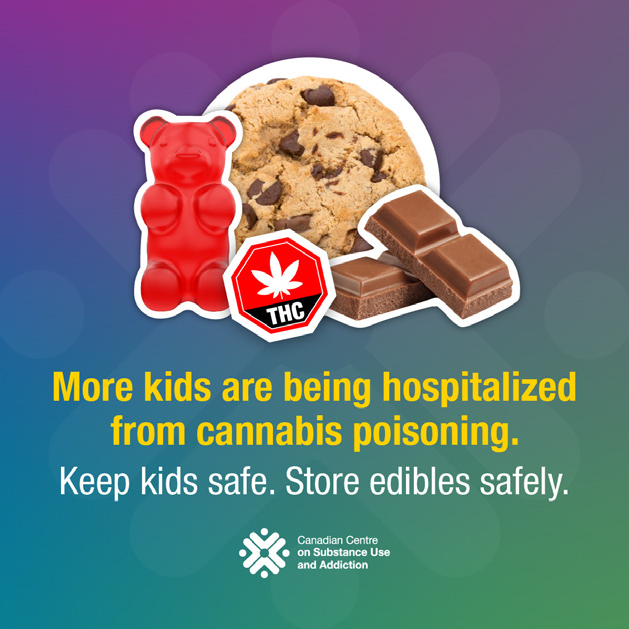The Effects of Youth Cannabis Use on the Developing Brain – Myth Busting
Panel discussion about the myths youth hold about marijuana.
Cannabis is the second most commonly used substance in Canada, after alcohol. In October 2018, Canada became the second country in the world to legalize and regulate the sale and use of cannabis and cannabis products. Understanding the impacts of cannabis is essential to minimize the risks and harms and maximize its benefits. For that reason, CCSA conducts research, brings together knowledge and provides targeted materials to help support evidence-based decisions and actions for cannabis policy and practice.
Cannabis is a plant that is known for its psychoactive properties. There are a variety of cannabis products, including herbal materials, cannabis oils, concentrated extracts, edibles, tinctures and creams. These products are used for their physical and cognitive effects and for medical and nonmedical purposes. People usually smoke cannabis, but they can also consume it in other ways, such as vaporization (“vaping”) and in edibles.
Cannabis flowers secrete more than 100 different chemical compounds known as cannabinoids. When consumed, these compounds bind to cell receptors and change the way these cells communicate with one another. Two of the best-known cannabinoids are THC and CBD:
According to the 2022 Canadian Cannabis Survey, cannabis use is slowly on the rise in Canada. Use among the general population (aged 16 years and older) increased from 25% in 2021 to 27% in 2022. Provincial and territorial estimates ranged from 18% to 41%. Cannabis use was highest among people aged 20–24 years (50%), followed by those aged 16–19 years (37%) and those aged 25 years and older (25%). The biggest change in users occurred in the 25 years and older group, which increased from 22% in 2021 to 25% in 2022.
For more information, see the Cannabis (Canadian Drug Summary), the National Cannabis Survey and the Canadian Cannabis Survey 2022: Summary.



Presents key facts, social media graphics and messaging to help organizations raise awareness of pediatric cannabis poisoning through public education campaigns. The collateral conveys the important message of keeping cannabis edibles safely stored and out of reach from children, in the same way th…
Read additional drug summaries on substances such as alcohol, prescription drugs, methamphetamine and cocaine.